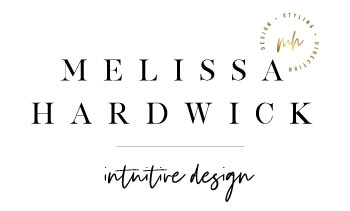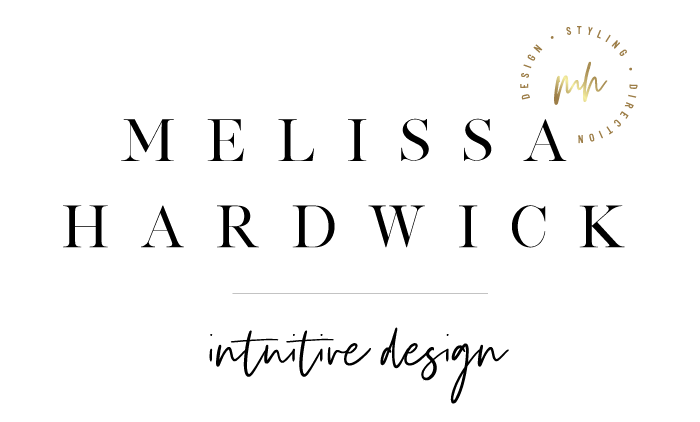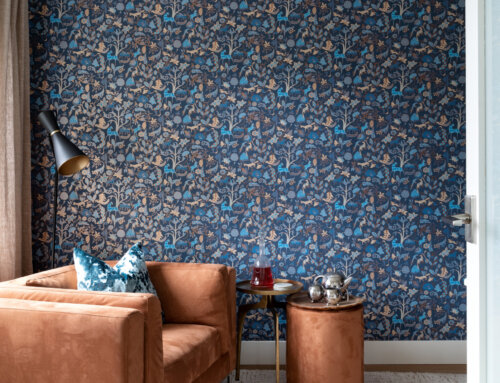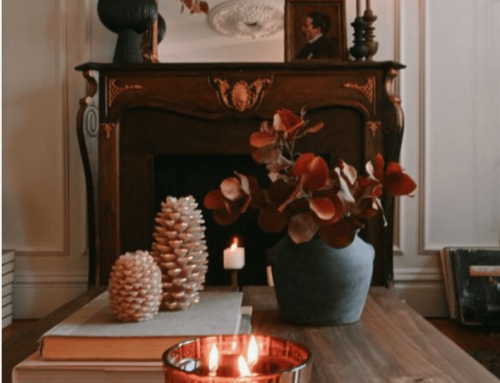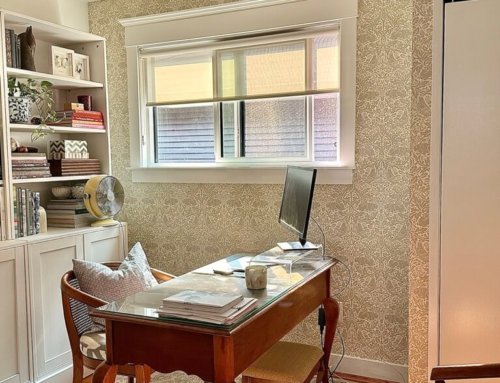If you are living a life that feels right to you, if you’re willing to take creative chances or a creative path that feels like it’s mostly in keeping with your sensibilities, you know, aesthetic and artistic, then that’s what matters.
-Tracy Chapman-
According to the Greeks, aesthetics stems from “aisthetikos”, which relates to the study of sensory values. A Design aesthetic refers to the ‘visual attractiveness’ of something. A better design aesthetic means a better usability and experience. Let’s look at how to discover your design aesthetic!
Our feelings and emotions are distinct, contributing factors and provide us with an overall experience in how we interpret and incorporate our Design Aesthetic; sometimes called Design psychology. What people want, but are not always able to communicate, is often personal and quite complex. Getting to know what inspires us and what makes us comfortable, at peace or relaxed… is necessary to discover your design aesthetic.
The right personal Design Aesthetic will create spaces that we are deeply attracted to and that resonate with us. They are formed in trust and relationship with Designers as the catalyst. Interior Designers create that emotional consideration and function which are imperative as visual cues and informs our brain’s interpretation of style and character.
Here are Six Design Aesthetics and their distinguishing features:

Traditional – Rooted in European classic details, with sumptuous furnishings and dark woods. They have rich colour palettes, curved lines, ornate fabrics such as velvet or silk and there are plenty of patterns, textures, with layering adding depth and dimension.
Furniture Pieces often incorporate styles from 17th & 18th Century.
Aesthetic: A particular theory or concept of beauty or art: a particular taste for or approach to what is pleasing to the senses and especially sight. – Merriam Webster
 Colin King
Colin King
Modern
Using clean and crisp lines, a simple colour palette they have a sleek look with minimal accessories and ‘clutter’. According to “Master Class”, Modern design is an interior design style characterized by a monochromatic color palette, clean lines, minimalism, natural materials, and natural light. It refers specifically to a historical aesthetic movement that took place during the early to mid-twentieth century. Though it is often confused—or used interchangeably—with the term “contemporary design,” modern design is its own distinct style.

source
Transitional
A combination of Modern and Traditional blending styles to create balance. Plush furnishings, glass and steel, a neutral colour palette and often very warm and open.


Mid-Century Modern
Natural shapes, minimalist shapes and refined lines are common. Materials seen are wood, molded plastic, plywood and aluminum.
 . Source
. Source

Industrial
Usually exposed elements like steel, ducting, wood and brick, unfinished, high ceilings are common with a rustic and mature look. Often using vintage, metal elements and mixes of above, dwellings are in lofts or warehouses. It emphasizes re-purposed, time-worn materials, making it visually appealing and environmentally friendly -winwin!
Boho/Bohemian
Decorating done with a free-spirited, playful, creative and sometimes ‘purposefully messy’ vibe. It’s common to see layers of textiles, and textures with global influences in pillows, tapestries, rugs, lots of plants, vintage lighting and furniture.

As Interior Designers, creating individual Design Aesthetic and eliciting a positive emotional experience is the ultimate end goal and interpretation of how ‘it should look’.
